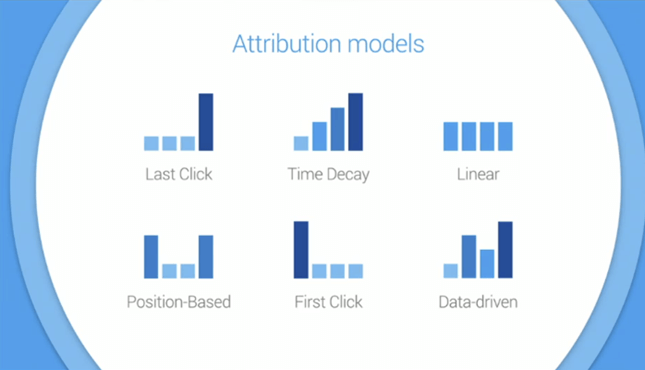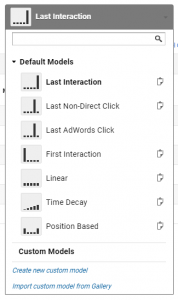“First click attribution is akin to giving my first girlfriend 100% of the credit for me marrying my wife.” ~A. Kaushik

Many analytics reporting platforms use First touch as their default for conversion attribution. Like the above quote says, this is not the best way to give attribution. Just ask your wife, or husband!
Ok, but first what does that mean? Time to geek out a bit… First touch attribution means that the way a visitor arrives to your site for the very first time is credited with the conversion.
When someone searches for candied yams, you sell candied yams and they click on your listing in the search result which brings them to your site. That is the interaction that gets the credit for the sale. In some ways this might make sense. It means the effort that you put into getting found in search is what paid for the sale. The challenge is though. They may have first come through search, but then a referral, then through search again, then direct, and another referral. Then after all that they finally converted.
![]()
So was that conversion really created only by the initial touch through organic search? Or was it the last touch that finally made them convert. Or some would argue that it was the whole series of touch points that made the sale.
Follow so far? The next question is, “Why does attribution even matter?”
Well, if you’re running a paid search campaign and look at standard First Touch Attribution, you might see that there are very few conversions for paid search. How do you then explain to your boss/client that paid search is benefiting the company? With only first touch conversion attribution, you’re probably going to lose your budget pretty quickly.
In the two examples below you see paid search is buried in the middle of the conversion path. The Organic Search team is getting all the credit when really these conversions were assisted by other channels. Without looking deeper you wouldn’t know this.

Although the major analytics platforms have a default setting they also have ways to build custom attribution models. For example Google Analyics has a few alternatives built in to its free platform.
Deciding on the best model for your site might depend on the channels you are using as well as your overall marketing strategy. But without at least exploring the options you are hampering your ability to truly understand your visitors.
Have questions? Post in the comments.
